A scientist simulated the contents of the ice giant worlds, and found that a fluid layer may explain each planet’s strange magnetic field.
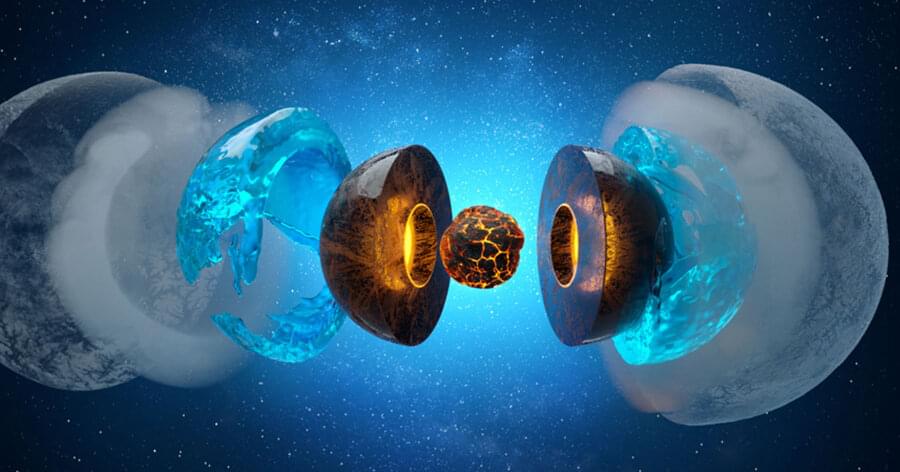

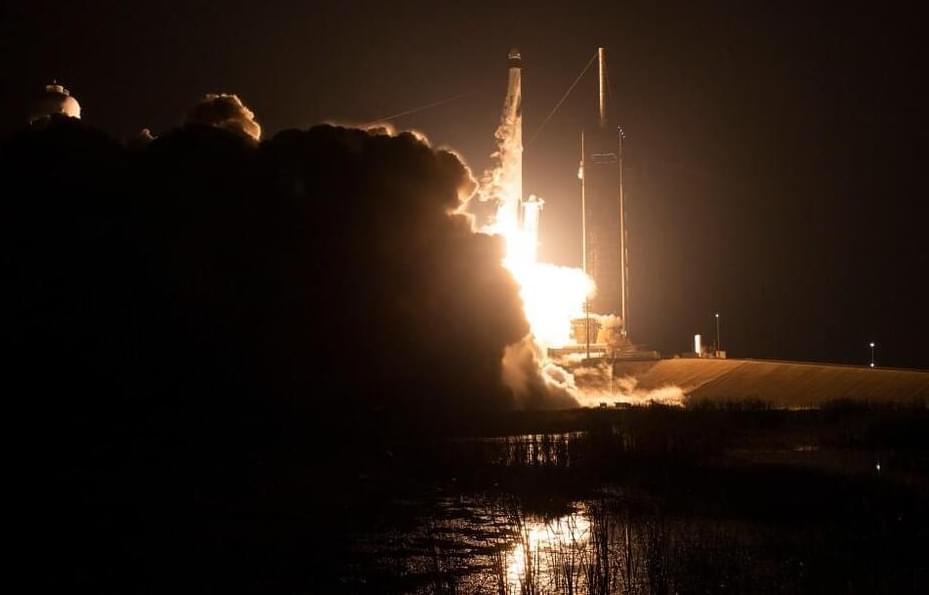
The Space Coast set a new launch record in 2023 with 72 orbital missions from either Kennedy Space Center and Cape Canaveral Space Force Station. The pace of launches could ramp up by the end of 2024 to a near twice-weekly rate with as many as 111 missions possible.
Check back for the latest information on upcoming launches.
Very limited time Black Friday deal: 20% off on all Hoverpens and free shipping to most countries with code SABINE:
North America / UK / Australia / International: https://bit.ly/sabine_novium.
EU: https://bit.ly/sabine_noviumeu.
Is the universe really infinite? Or could it close back on itself like a sphere? If it’s infinite, how can it expand? And is it true that there might be copies of you in it? Today I want to explain how much we know about those questions and what the expansion of space has to do with Hilbert’s Hotel.
This video comes with a quiz which you can take here: https://quizwithit.com/start_thequiz/.…
The Kurzgesagt video is here: • The Paradox of an Infinite Universe.
🤓 Check out my new quiz app ➜ http://quizwithit.com/
💌 Support me on Donorbox ➜ https://donorbox.org/swtg.
📝 Transcripts and written news on Substack ➜ https://sciencewtg.substack.com/
👉 Transcript with links to references on Patreon ➜ / sabine.
📩 Free weekly science newsletter ➜ https://sabinehossenfelder.com/newsle…
👂 Audio only podcast ➜ https://open.spotify.com/show/0MkNfXl…
🔗 Join this channel to get access to perks ➜
/ @sabinehossenfelder.
🖼️ On instagram ➜ / sciencewtg.
#physics #space #universe
The fabric of space and time is not exempt from the effects of gravity. Plop in a mass and space-time curves around it, not dissimilar to what happens when you put a bowling ball on a trampoline.
This dimple in space-time is the result of what we call a gravity well, and it was first described over 100 years ago by Albert Einstein’s field equations in his theory of general relativity. To this day, those equations have held up. We’d love to know what Einstein was putting in his soup. Whatever it was, general relativity has remained pretty solid.
One of the ways we know this is because when light travels along that curved space-time, it curves along with it. This results in light that reaches us all warped and stretched and replicated and magnified, a phenomenon known as gravitational lensing. This quirk of space-time is not only observable and measurable, it’s an excellent tool for understanding the Universe.

Originally published on Towards AI.
ABSTRACT: The fundamental problem of causal inference defines the impossibility of associating a causal link to a correlation, in other words: correlation does not prove causality. This problem can be understood from two points of view: experimental and statistical. The experimental approach tells us that this problem arises from the impossibility of simultaneously observing an event both in the presence and absence of a hypothesis. The statistical approach, on the other hand, suggests that this problem stems from the error of treating tested hypotheses as independent of each other. Modern statistics tends to place greater emphasis on the statistical approach because, compared to the experimental point of view, it also shows us a way to solve the problem. Indeed, when testing many hypotheses, a composite hypothesis is constructed that tends to cover the entire solution space. Consequently, the composite hypothesis can be fitted to any data set by generating a random correlation. Furthermore, the probability that the correlation is random is equal to the probability of obtaining the same result by generating an equivalent number of random hypotheses.
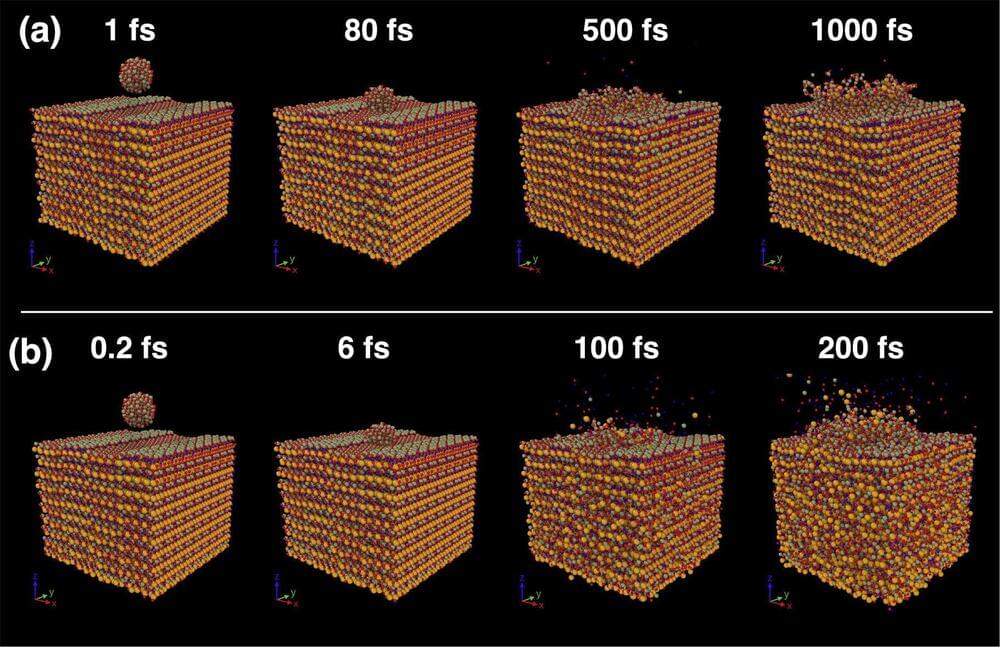
Asteroids are remnants of the formation of our solar system, and while many can be found within the asteroid belt between the orbits of Mars and Jupiter, some cannot. One such object is asteroid (162173) Ryugu, a 1 km-wide near-Earth asteroid believed to have originated in the asteroid belt. However, it has since moved to cross Earth’s orbit, located 300 million km from our planet.
The asteroid is constantly bombarded by debris in space and new research, published in The Astrophysical Journal, has suggested that even microscopic particles can have damaging effects.
Japan’s Aerospace Exploration Agency (JAXA) launched the Hayabusa2 spacecraft to conduct remote sensing and sample collection on the asteroid in 2018 and 2019. Laboratory work on these samples identified a distinct pattern of dehydration of phyllosilicates (sheet-like silicate minerals, such as magnesium-rich serpentine and saponite), whereby the bonds between the included oxygen and hydrogen atoms are broken.

Free-space optical communication links promise better security and increase bandwidths but can suffer from noise in daylight. This is particularly detrimental in quantum communications where current mitigation techniques, such as spectral, temporal, and spatial filtering, are not yet sufficient to make daylight tolerable for satellite quantum key distribution (SatQKD). As all current SatQKD systems are polarization-encoded, polarization filtering has not been investigated. However, by using time-and phase-encoded SatQKD, it is possible to filter in polarization in addition to existing domains. Scattered daylight can be more than 90% polarized in the visible band, yielding a reduction in detected daylight between 3 dB and 13 dB, such that polarization filtering can reduce the brightness of 780 nm daylight to below the unfiltered equivalent at 1,550 nm. Simulations indicate that polarization filtering increases the secure key rate and allows for SatQKD to be performed at dawn and dusk. This could open the way for daylight SatQKD utilizing shorter near-infrared wavelengths and retaining their benefits.
Published by Optica Publishing Group under the terms of the Creative Commons Attribution 4.0 License. Further distribution of this work must maintain attribution to the author(s) and the published article’s title, journal citation, and DOI.
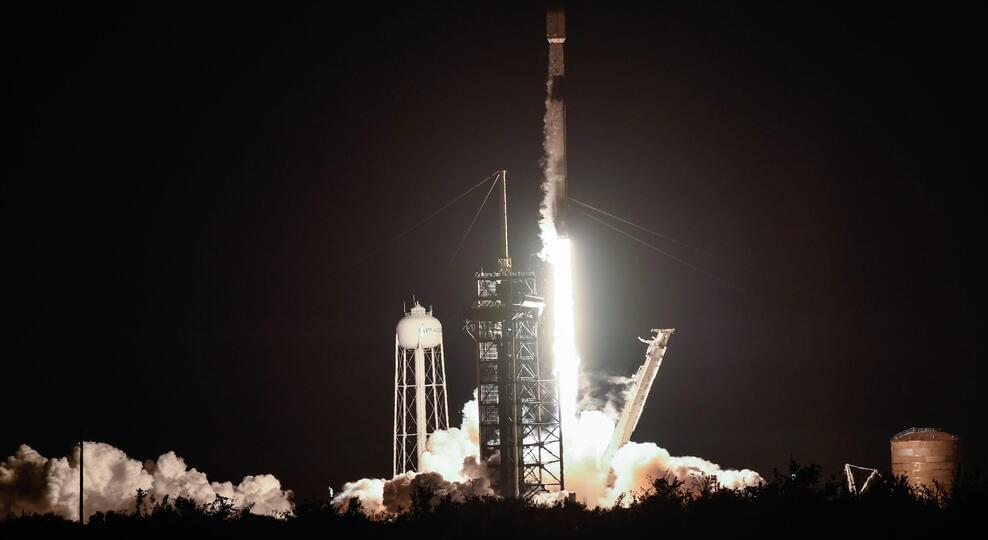
The Space Force’s 45th Weather Squadron pegs the odds of “go for launch” weather at 85%. Chief meteorological risks include thick cloud layers and liftoff winds, coupled with a low-to-moderate risk of upper-level wind shear.
Check back for live FLORIDA TODAY Space Team launch coverage updates on this page, starting about 90 minutes before the launch window opens. When SpaceX’s live webcast kicks off about five minutes before liftoff, look for it posted below the countdown clock.
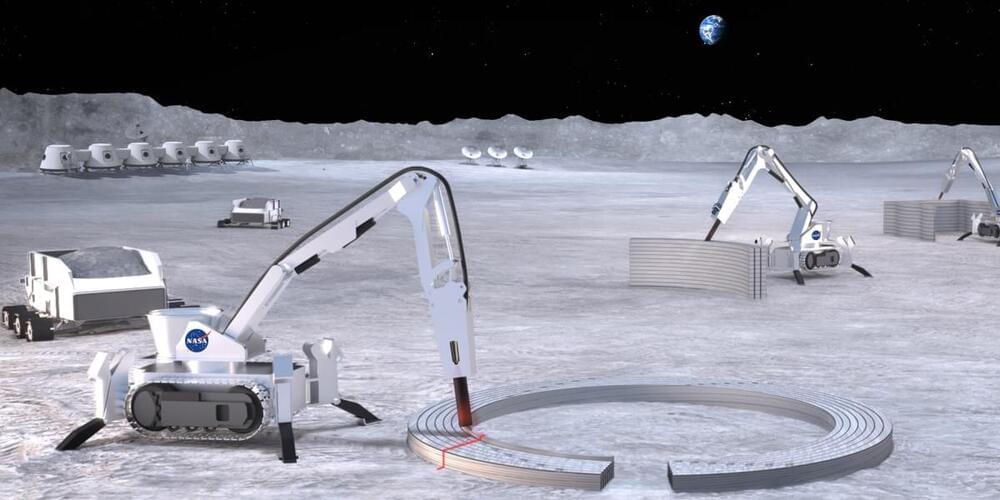
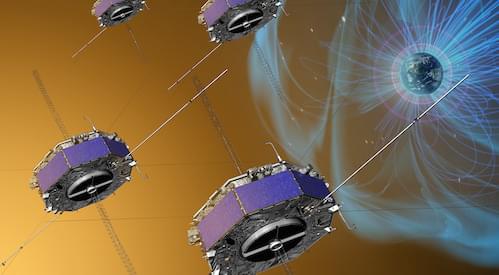
Ocean currents spin off huge gyres, whose kinetic energy is transferred to ever-smaller turbulent structures until viscosity has erased velocity gradients and water molecules jiggle with thermal randomness. A similar cascade plays out in space when the solar wind slams into the magnetopause, the outer boundary of Earth’s magnetic field. The encounter launches large-scale magnetic, or Alfvén, waves whose energy ends up heating the plasma inside the magnetosphere. Here, however, the plasma is too thin for viscosity to mediate the cascade. Since 1971 researchers have progressively developed their understanding of how Alfvén waves in space plasmas generate heat. These studies later culminated in a specific hypothesis: Alfvén waves accelerate ion beams, which create small-scale acoustic waves, which generate heat. Now Xin An of UCLA and his collaborators have found direct evidence of that proposed mechanism [1]. What’s more, the mechanism is likely at work in the solar wind and other space plasmas.
Laboratory-scale experiments struggle to capture the dynamics of rotating plasmas, and real-world observations are even more scarce. The observations that An and his collaborators analyzed were made in 2015 by the four-spacecraft Magnetospheric Multiscale (MMS) mission. Launched that year, the MMS was designed to study magnetic reconnection, a process in which the topology of magnetic-field lines is violently transformed. The field rearrangements wrought by reconnection can be large, on the scale of the huge loops that sprout from the Sun’s photosphere. But the events that initiate reconnection take place in a much smaller region where neighboring field lines meet, the X-line. The four spacecraft of MMS can fly in a configuration in which all of them witness the large-scale topological transformation while one of them could happen to fly through the X-line—a place where no spacecraft had deliberately been sent before.
On September 8, 2015, the orbits of the MMS spacecraft took them through the magnetopause on the dusk side of Earth. They were far enough apart that together they could detect the passage of a large-scale Alfvén wave, while each of them could individually detect the motion of ions in the surrounding plasma. An and his collaborators later realized that these observations could be used to test the theory that ion beams and the acoustic waves that they generate mediate the conversion of Alfvén-wave energy to heat.